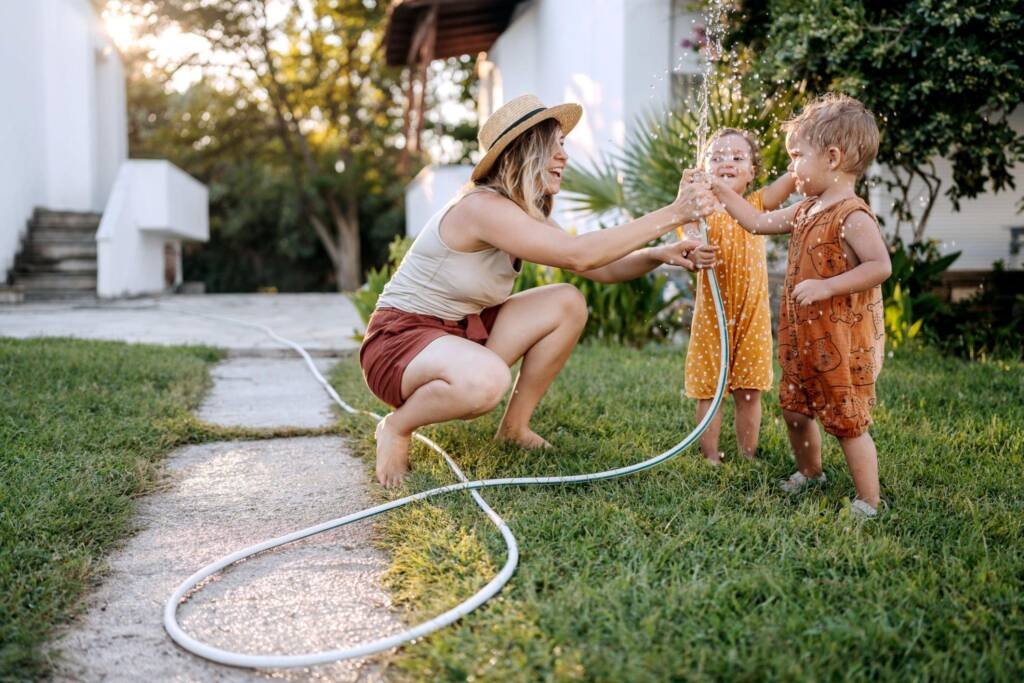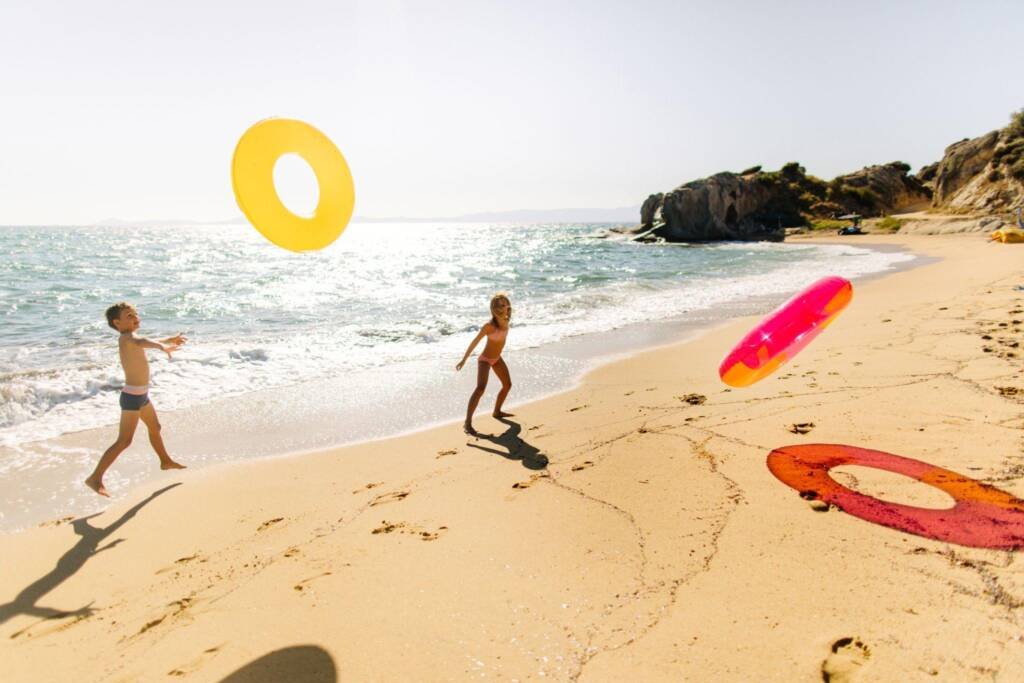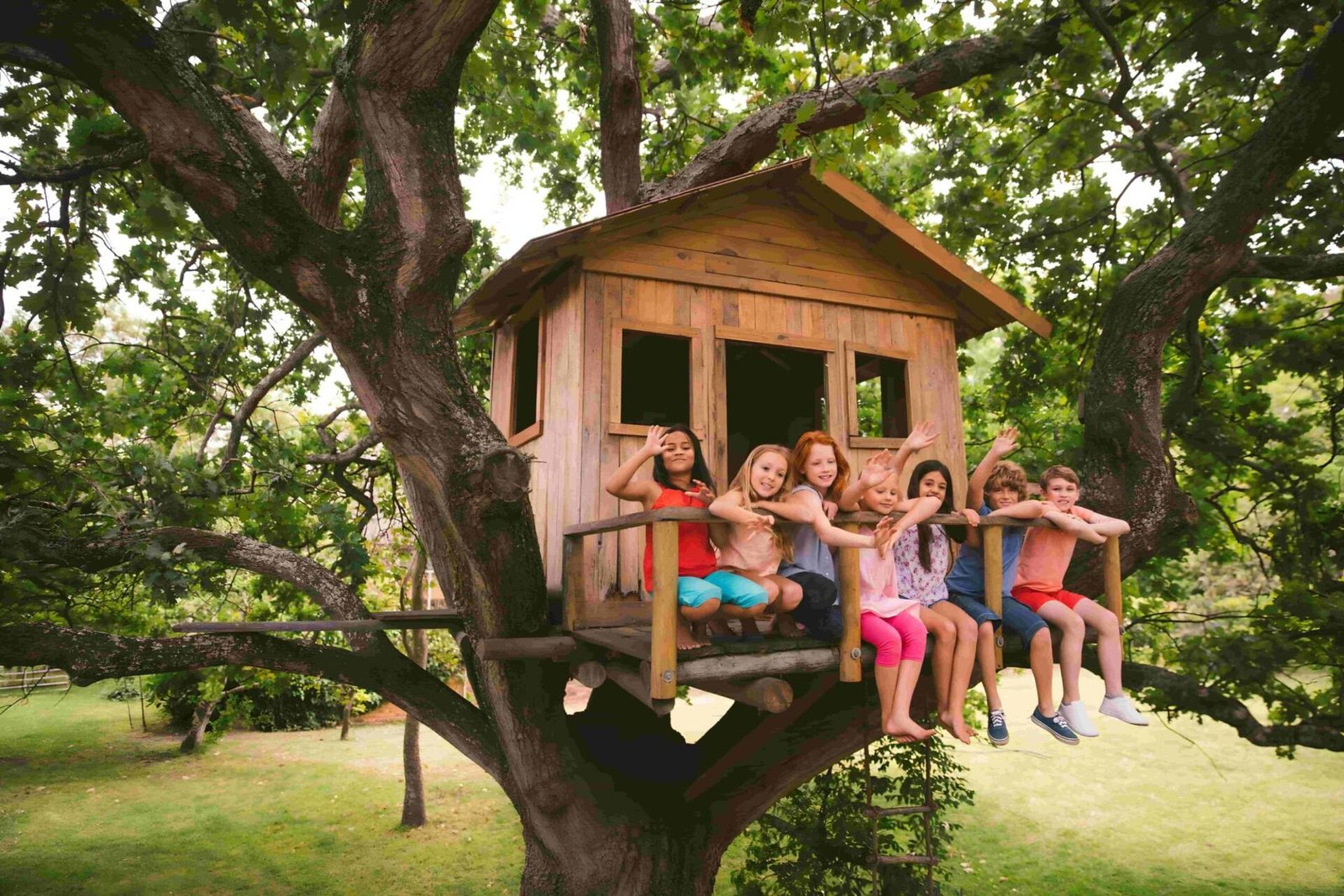Connecting children with nature fosters a sense of environmental responsibility and promotes mental well-being and physical health. In a world dominated by screens and urban living, getting children excited about nature can be challenging, yet it’s an activity with numerous benefits. This guide aims to provide some practical tips and engaging activities that will pique children’s interest in the natural world and create memorable experiences and invaluable learning opportunities.
Table of Contents
Our children will be the next generation to take care of the planet. We must equip them with the skills and passion that they need to take care of nature and enjoy it.
Here are a few top tips to help your children fall in love with nature and prepare them for their role as custodians of the earth.
Start Close to Home.

Whether you live in the city or the countryside, there will surely be plenty of nature to appreciate at your doorstep. Start by showing your children the wonders that exist close to home, demonstrating that the beauty of nature can be anywhere.
If you have a garden, a window box, or a small patch of land, you can also teach your children how to take care of it properly. Starting small helps them build their skills in a more extensive garden or setting.
Appreciate The Seasons.

Following the seasons is another excellent way to help your children fall in love with nature. Please encourage them to start a journal and record the differences they see in the world around them as the seasons change.
Each new season offers unique beauty, and showing your children how to appreciate this will help them see the wonder around them.
Assign each child a plant or section of land, and encourage them to record the differences they observe over several seasons.
Let Them Get Messy.

One of the best ways to help your child fall in love with nature is to allow them to get messy when they are exploring. Nature is messy, and getting used to dirt and mud is all part of exploring the natural world. Pack a picnic and head to your nearest park or nature reserve; let them explore the area and get their hands dirty. It will create great memories, enhance their appreciation of nature, and teach them important lessons about respecting the environment.
Take A Nature Walk.

Getting out into nature is one of the best ways to help children appreciate the natural world. Take them on regular walks and let them explore. It could be a walk around your local park or an excursion to a nearby nature reserve. Please encourage your children to look and listen carefully as you go, pointing out different plants, animals, sounds, and smells that make up our environment.
You could even make a game out of it, assigning each child an area to explore and asking them to bring back something they find interesting.
Explore the World and Embrace New Adventures!

As the adage goes, there is no such thing as bad weather – only bad clothing. Ensure the whole family has boots, coats, gloves, sunhats, and everything else to protect and prepare for any weather.
Experiencing nature in all its forms is part of the fun – don’t stay cooped up because of a bit of rain! Exploring outside means more than just going for a walk. Look out for exciting new places – perhaps a local wildlife sanctuary or a nearby forest.
Finally, ensure your child is prepared with the necessary safety advice before venturing on their adventure.
Educate Through Play.

Rather than trying to teach children about nature through direct instruction, allow them to learn by playing and exploring.
Nature is full of incredible opportunities for learning – think of it like a classroom without walls! Games such as scavenger hunts, bug collecting, and leaf rubbing can all be fun ways to engage with the natural world while learning something new.
These activities can occur in your backyard or a nearby park.
Conclusion
Getting children excited about nature can be a challenge, but it is an activity that has numerous benefits for both mental and physical health. With the right attitude and approach, you can inspire your children to participate in activities that will pique their interest in the natural world around them and help them understand their role in preserving and protecting it. By encouraging them to get out, get messy, explore their local area, and appreciate the beauty of the changing seasons, you can help your children connect with nature – creating experiences and memories that will last a lifetime.
By involving your children in activities such as scavenger hunts, bug collecting, and leaf rubbing, they can explore and learn about the natural world through play – inspiring a lifelong appreciation of nature. So, why not get your children excited about nature with a fun outdoor adventure today?
Take Action
Now is the time to take action and get outdoors! Please encourage your child to explore their local area by going on regular walks or exciting adventures. They’ll be able to learn about the world around them while creating lasting memories.
Take time to appreciate the changing seasons, and when you’re out on your walks, take a moment to marvel at nature’s beauty.
Create treasure hunts or scavenger hunts for your children to complete – this will help ignite their curiosity and excite them about nature. Don’t forget to ensure they are appropriately dressed and equipped for any weather so that nothing prevents them from experiencing all nature has to offer.
Let’s inspire the next generation of stewards of the planet – get outside and explore today!






11 Comments